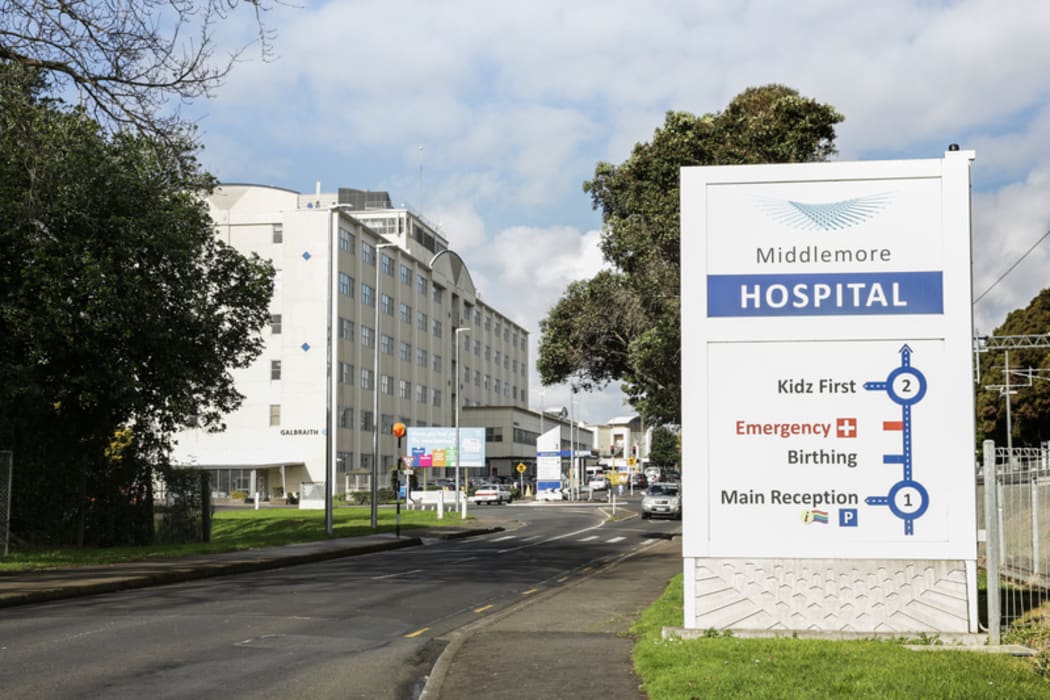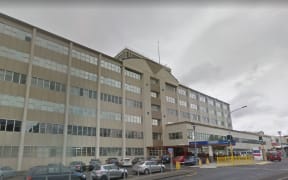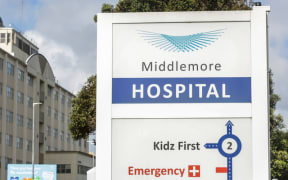Raw sewage has been leaking into the walls of Middlemore Hospital's Scott building, on top of all the other problems with its buildings.

Photo:
The 18-year-old Scott Building houses coronary care and medical, surgical and wards for elderly people.
Counties-Manukau DHB acting chief executive Dr Gloria Johnson told Morning Report today its sewage pipes were failing because they were of a type "which deteriorates with age".
She said pipes were probably also failing in other buildings at Middlemore, which is in the country's highest health-need area.
"I don't know about the cafeteria [leaking sewage] but ... we think a number of buildings could have, and probably not just confined to our hospital either," Dr Johnson said.
They expected to find more sewage problems as cladding was ripped off to get rid of rotting wall framing, she said.
Dr Johnson also told Morning Report the Galbraith building, which houses New Zealand's largest maternity ward, was riddled with asbestos and an earthquake risk.
She said twice-weekly air monitoring found no asbestos in the air, but the DHB wanted to do work on the building, which could disturb the asbestos.
"There are some areas where we actually think it would be preferable to actually close them off and stop using them rather than just keep monitoring, to completely obviate the risk," she said.
RNZ understands the hospital has been looking at increasing the number of patients using the Galbraith building.
Meanwhile, she also admitted an entire acute mental health unit - about the same age as the Scott Building - was being pulled down and replaced with a new $54m building because of water leaking.
Asked if that had been made public, she said "as far as I know it was".
However, Health Minister David Clark, his predecessor Jonathan Coleman, and South Auckland MP Louisa Wall have all said they were not told about the DHB's leaking building crisis.
Leaks have also caused decay in other buildings, including 90 percent of the framing checked at Kidz First, 60 percent at the Superclinic, and 25 percent at McIndoe.
The wall cavities have dangerous Stachybotrys mould in multiple places. No monitoring is going on to see if it is getting inside.
Dr Johnson said it may be more economic to pull down at least those four buildings and start again, although that would cost at least $1.6 billion.




